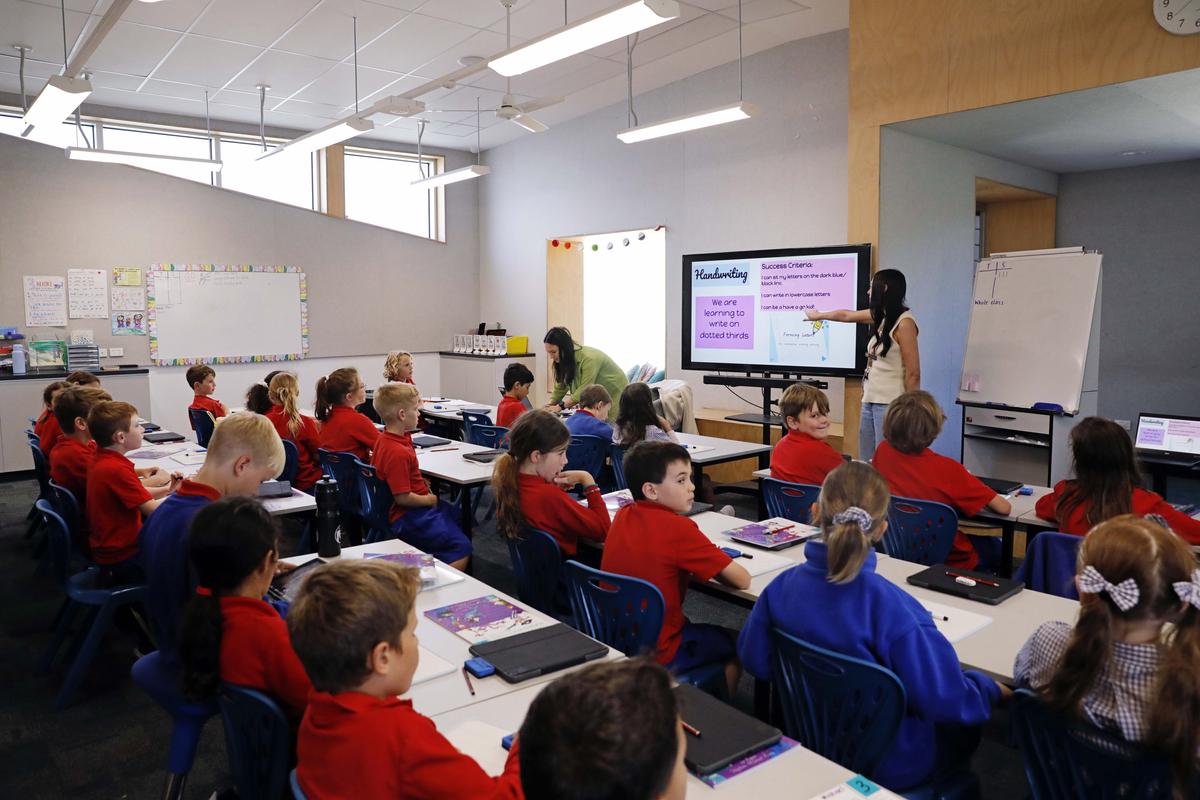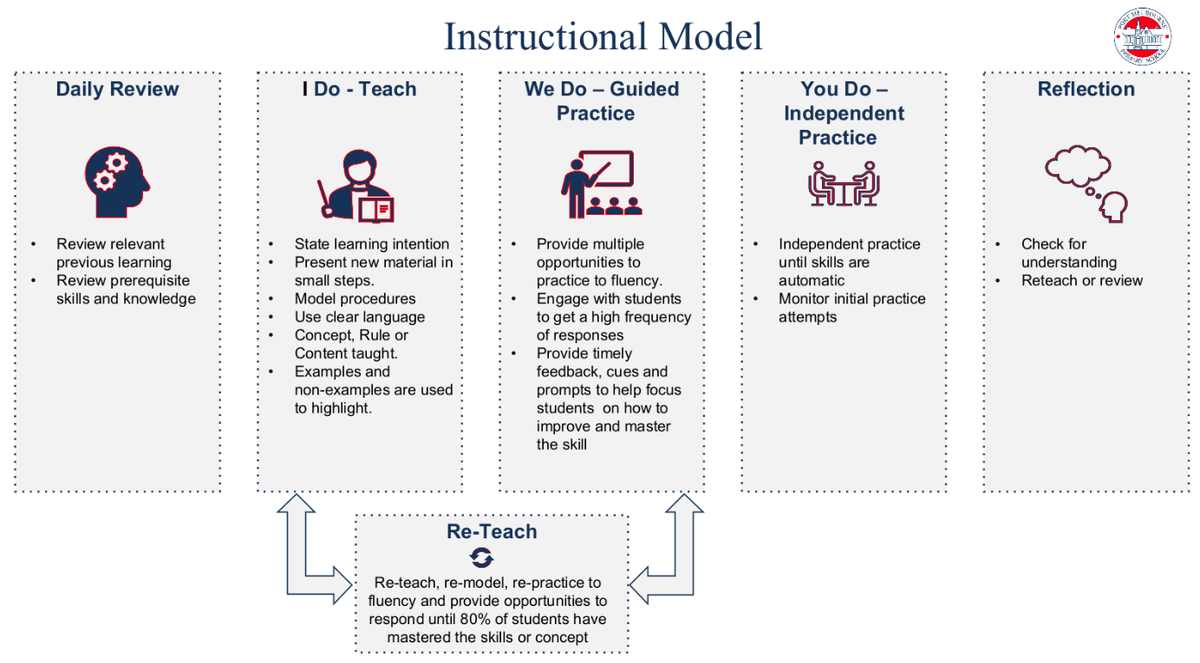Teaching & learning
– Katie Klajnblat, Assistant Principal; Jo Capp and Paisley Blank, Learning Specialists

Teaching & learning
– Katie Klajnblat, Assistant Principal; Jo Capp and Paisley Blank, Learning Specialists
WHAT
Explicit Direct Instruction (EDI) is a strategic collection of instructional practices combined to design and deliver well-crafted lessons that explicitly teach grade-level content to all students. EDI breaks down what students need to learn into smaller learning outcomes, models each step, and gives students an opportunity to practice each step. It allows students to process new information more effectively because information is presented in the way that our brains best learn.
An EDI lesson is typically broken down into 7 sections:
WHY
Explicit Direct Instruction (EDI) is a beneficial teaching approach because it focuses on clear, direct, and systematic instruction, leading to improved student learning outcomes and engagement.
By breaking down complex concepts into manageable steps and providing explicit instruction and modelling, EDI helps students grasp new information more effectively.
This approach also promotes student engagement and motivation through structured activities and frequent feedback.
In 2025 PMPS developed a new T&L instructional model which is grounded in four fundamental principles that explain how students learn. This model highlights the most effective and efficient teaching practices that align with these learning principles:
In the classroom, EDI is currently implemented during Literacy and Numeracy lessons using the "I do, We do, You do" model which is reflected in our Instructional Model.
In upcoming newsletters, we will explore various engagement techniques to encourage student participation.


Supporting students with Explicit Direct Instruction (EDI) at home involves reinforcing the clear, structured, and scaffolded approach used in the classroom.
Here’s how families and carers can effectively support students with EDI-based learning at home:
Celebrate Progress
Communicate with the Teacher
Create a Distraction-Free Study Space
Help maintain focus by:
Model the Task
Just like in EDI, model how to solve a problem or answer a question:
This mirrors the “I Do – We Do – You Do” structure.

